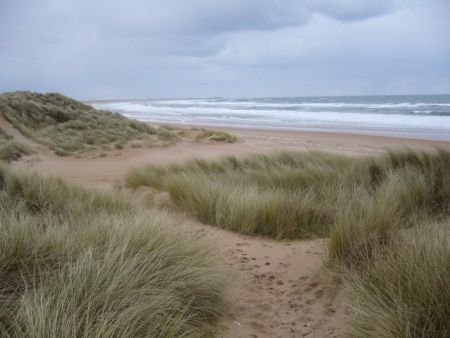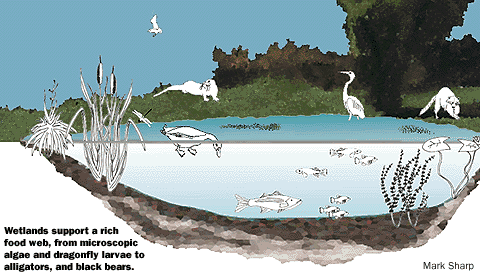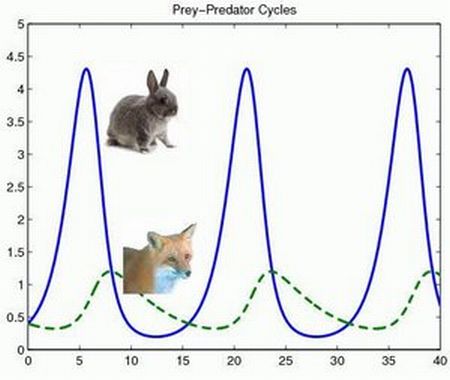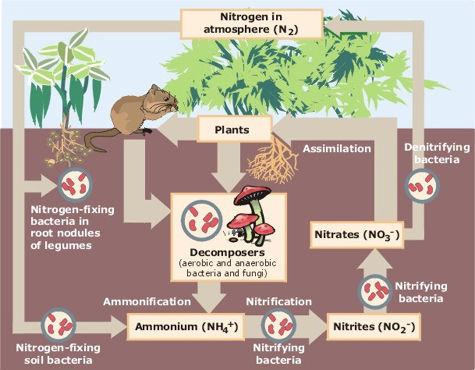
What is ecological succession? This is the answer from Rolcam at the Ask Me Help Desk.
“Changes in communities occur over time in a process called ecological succession. This process occurs as a series of slow, generally orderly changes in the number and kinds of organisms that live in an area take place. Differences in the intensity of sunlight, protection from wind, and changes in the soil may alter the kinds of organisms that live in an area. These changes may also alter the number of populations that make up the community. Then, as the number and kinds of species change, the physical and chemical characteristics of the area undergo further changes. The area may reach a relatively stable condition called the climax community, which may last hundreds or even thousands of years. ”
The first plants that germinate in an area are called ‘pioneers’ and are usually grasses or ground covers. Weeds are effective pioneers on roadside verges for example, where they colonise bare round and provide shelter for other plants to grow.
“Ecologists distinguish two types of succession–primary and secondary. In primary succession, organisms begin to inhabit an area that had no life, such as a new island formed by a volcanic eruption. Secondary succession takes place after an existing community suffers a major disruption–for example, after a climax forest community is destroyed by fire. In this example, a meadow community of wild flowers and grasses will grow first, followed by a community of shrubs. Finally trees will reappear, and the area will eventually become a forest again. Thus, the forces of nature ultimately cause even climax communities to change.”
Do the following situations demonstrate primary or secondary succession?
- Growth of grass trees after an intense bushfire in the Grampians National Park
- Pisonia sp. forest that grows on a coral cay, Heron Island on the Great Barrier Reef
- Open Acacia and Eucalyptus woodland that grows after volcanic action at Mt Eccles National Park
- Sand dune vegetation that grows at Griffith’s Island, Port Fairy
- Fern forest growing after glacier action in New Zealand





